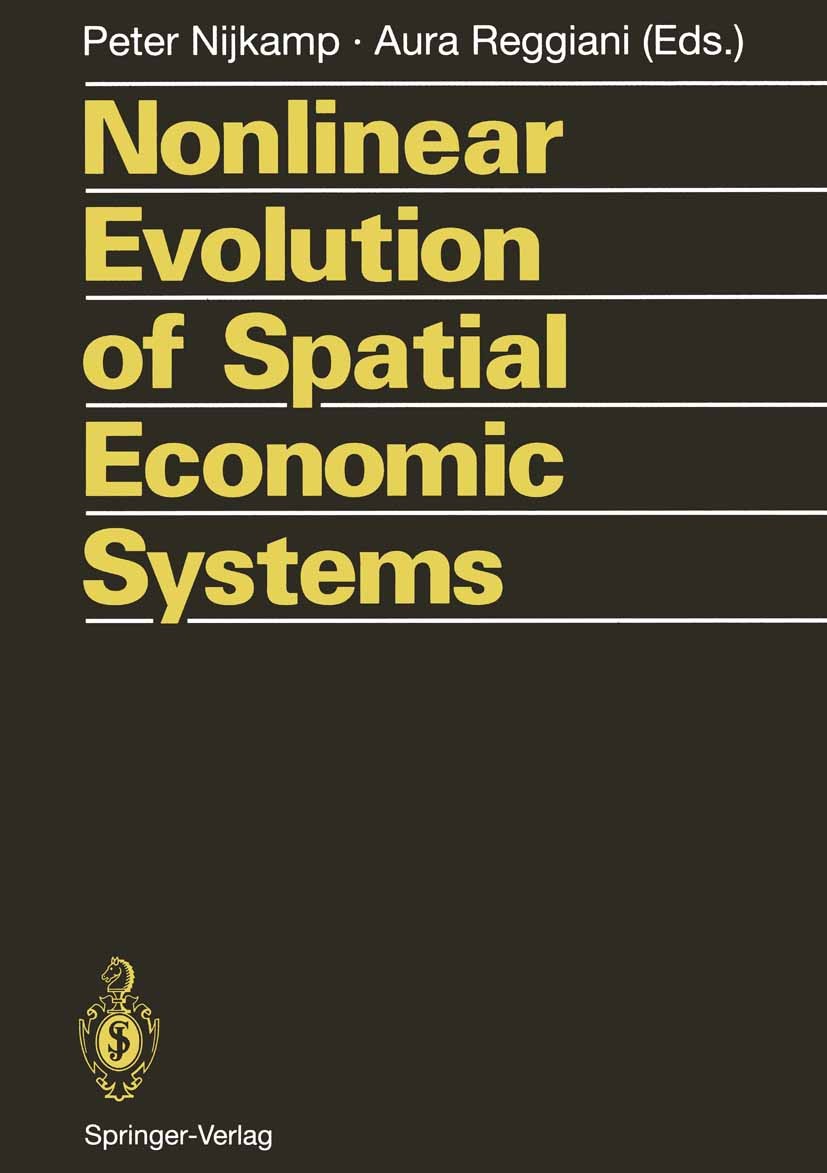| 书目名称 | Nonlinear Evolution of Spatial Economic Systems |
| 编辑 | Peter Nijkamp,Aura Reggiani |
| 视频video | http://file.papertrans.cn/668/667492/667492.mp4 |
| 图书封面 |  |
| 描述 | Is our world more dynamic than it used to be in the past? Have phenomena in the social science field become unpredictable? Are chaotic events nowadays occurring more frequently than in the past? Such questions are often raised in popular debates on nonlinear evolution and self-organizing systems. At the same time, many scientists are also raising various intruiging methodological issues. Is it possible to separate deterministic chaos from random disturbances if their trajectories are (almost) similar? Is prediction still possible in a world of chaos (Poincare)? Is it possible to distinguish specification errors from measurement errors in a nonlinear dynamic model? Is evolution a random process? The list of such questions can easily be extended with dozens of others. But despite the myriad of questions on problems of nonlinear evolution, one common trait is evident: in both the natural and the social sciences we are still groping in the dark in areas which are par excellence promising hunting grounds for exploratory and exploratory research, viz. structural grounds in an uncertain nonlinear world. The present book aims at offering a collection of refreshing contributions to the abov |
| 出版日期 | Book 1993 |
| 关键词 | Chaos Theorie; Chaos Theory; Evolutionary Theory; Evolutionstheorie; Nichtlineare Dynamik; Spatial Econom |
| 版次 | 1 |
| doi | https://doi.org/10.1007/978-3-642-78463-7 |
| isbn_softcover | 978-3-642-78465-1 |
| isbn_ebook | 978-3-642-78463-7 |
| copyright | Springer-Verlag Berlin · Heidelberg 1993 |
 |Archiver|手机版|小黑屋|
派博传思国际
( 京公网安备110108008328)
GMT+8, 2025-12-28 21:18
|Archiver|手机版|小黑屋|
派博传思国际
( 京公网安备110108008328)
GMT+8, 2025-12-28 21:18


